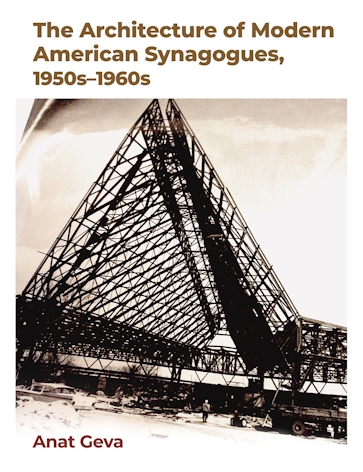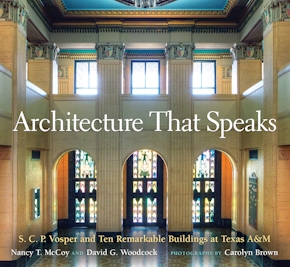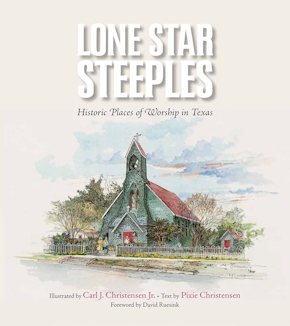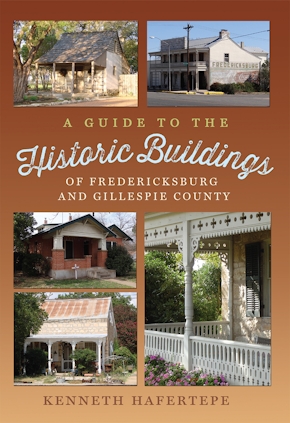The Architecture of Modern American Synagogues, 1950s–1960s
978-1-64843-135-7 Hardcover (Printed Case)
9 x 12 x 0 in
200 pp. 130 color, 12 b&w photos. Bib. Index.
Pub Date: 08/02/2023
Available
The Architecture of Modern American Synagogues, 1950s–1960s introduces an architectural analysis of selected modern American synagogues and reveals how they express American Jewry’s resilience in continuing their physical and spiritual identity, while embracing modernism, American values, and landscape. In addition, the book contributes to the discourse on preserving the recent past (e.g., mid 20th century architecture). While most of the investigations on that topic deal with the “brick & mortar” challenges, this book introduces preservation issues as a function of changes in demographics, in faith rituals, in building codes, and in energy conservation.
As an introduction or a reexamination, The Architecture of Modern American Synagogues, 1950s–1960s offers a fresh perspective on an important moment in American Jewish society and culture as reflected in their houses of worship and adds to the literature on modern American sacred architecture. The book may appeal to Jewish congregations, architects, preservationists, scholars, and students in fields of studies such as architectural design, sacred architecture, American modern architecture and building technology, Post WWII religious and Jewish studies, and preservation and conservation.
Sara and John Lindsey Series in the Arts and Humanities
About the Author
Published by Texas A&M University Press



